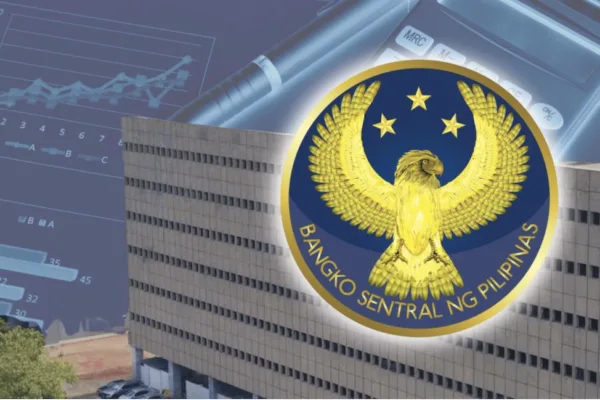Based on preliminary data from the Bangko Sentral ng Pilipinas (BSP), the Philippines’ gross international reserves (GIR) level has settled at US$103.4 billion as of the end of January 2024, reflecting a US$.4 billion difference from the end of December 2023 reported level of US$103.8 billion.
The BSP’s reserve assets consist of foreign investments, gold, foreign exchange, reserve position in the IMF, and special drawing rights.

IMAGE CREDIT: www.bsp.gov.ph
The latest GIR level represents a more than adequate external liquidity buffer equivalent to 7.7 months’ worth of import of goods and payments of services and primary income. By convention, the GIR is viewed to be adequate if it can finance at least three months’ worth of the country’s imports of goods and the payment of services and primary income.
Moreover, it is also about 6 times the country’s short-term external debt based on original maturity and 3.9 times based on residual maturity.
Short-term debt is based on residual maturity and refers to outstanding external debt with the original maturity of one year or less, plus principal payments on medium- and long-term loans of the public and private sectors falling due within the next 12 months.
In a media advisory, the BSP noted that the month-on-month decline in the GIR level reflected mainly the national government’s payment of foreign currency debt obligations as well as the downward valuation adjustments that the central bank’s gold holdings suffered due to the decrease in the price of gold in the international market.
Similarly, the net international reserves, which refers to the difference between the BSP’s reserve assets (GIR) and reserve liabilities (short-term foreign debt and credit and loans from the International Monetary Fund (IMF)), decreased by US$0.9 billion to US$102.8 billion as of the end of January 2024 from the end of December 2023 level of US$103.7 billion.
January inflation drops further to 2.8 per cent
In a related advisory, the BSP also reported that headline inflation dropped further to 2.8 per cent year-on-year in January 2024 from the 3.9 per cent recorded in December 2023.
This is at the low end of BSP’s forecast range of 2.8 per cent to 3.6 per cent for the month and within the government’s inflation target range of 3.0 per cent ± 1.0 percentage point for the year.
On a month-on-month seasonally adjusted basis, headline inflation declined to -0.1 per cent in January 2024 from the 0.1 per cent reported in the previous month.
Core inflation, which excludes selected volatile food and energy items and measures underlying demand-side price pressures, likewise decelerated further to 3.8 per cent year-on-year in January from 4.4 per cent recorded in the previous month.
Most major commodity groups registered lower year-on-year inflation rates in January compared to the previous month. Lower food inflation accounted for the bulk of the decline in headline inflation, as prices of vegetables and meat fell while inflation for fish and other seafood slowed.
Non-food inflation also moderated as a result of slower price increases in housing, water, electricity, gas and other fuels, along with the decline in transport inflation.
The latest inflation print is consistent with the BSP’s outlook that inflation will likely moderate in Q1 2024 due largely to negative base effects and the easing of supply constraints affecting key commodities.
The Monetary Board will continue to monitor price developments and will carefully consider the new data at its upcoming meeting on monetary policy this month, in keeping with the BSP’s mandate to promote price stability.







